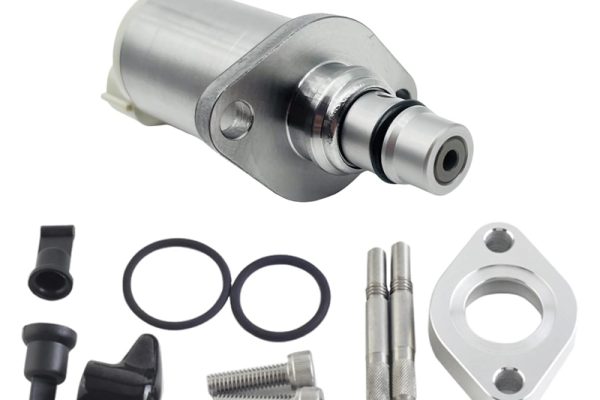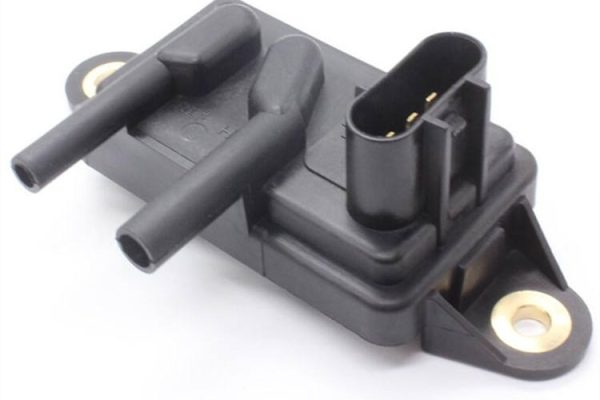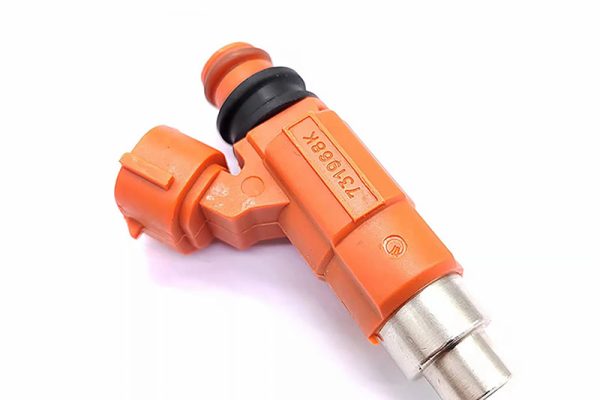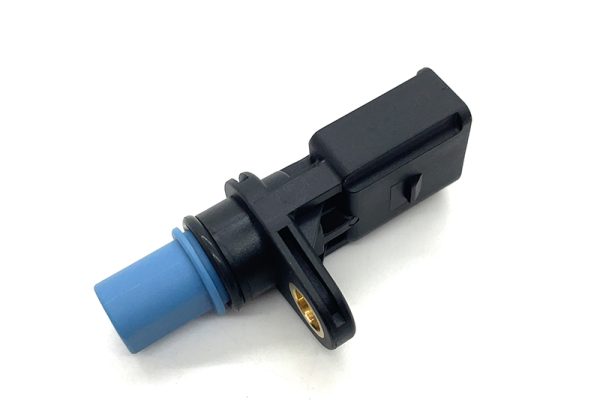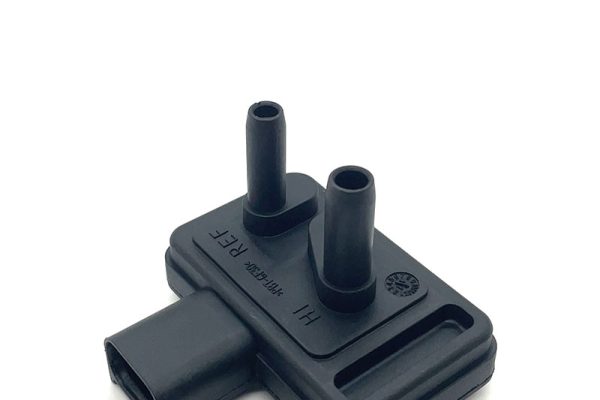Ⅰ. Introduction
The EGR sensor, as a key part of the vehicle emission control system, its performance directly affects the environmental protection performance and engine efficiency of the vehicle. However, during long-term use, the EGR sensor is bound to encounter various challenges. Therefore, comprehensive EGR sensor maintenance is particularly important. It will help you ensure that the EGR sensor is always in the best working condition and provides a strong guarantee for green and efficient travel.
Ⅱ. 3 methods for checking sensor malfunctions
1. Visual inspection
The visual inspection method for EGR sensors is the first step to ensure its normal operation. During the inspection, one should carefully observe whether there are cracks, deformations or damage on the sensor’s casing, as these may affect its sealing performance and functionality. At the same time, check whether the connection parts of the sensor are tightened, whether the wires are damaged or show signs of aging, and whether the plugs are clean and free from corrosion. Additionally, pay attention to whether there are foreign objects accumulated around the installation position of the EGR sensor to avoid affecting its normal operation. Through meticulous visual inspection, potential problems can be promptly detected and addressed to ensure that EGR sensors can operate accurately and reliably. It’s good for EGR sensor maintenance.
2. Functional testing
The functional test method of EGR sensor is an important means to verify its performance. Firstly, you should ensure that the engine is not in operation and disconnect the electrical connection of the EGR sensor. Use a multimeter to measure the resistance value of EGR pressure sensors, which should be within a specific range. Then, connect the sensor properly and start the engine. Reading the relevant data of the EGR system through professional diagnostic tools and checking whether the output signal of the sensor is normal to determine if it accurately reflects the state of exhaust gas recirculation. This process helps to promptly detect sensor faults and ensure the normal operation of the engine’s emission control system. It’s important to EGR sensor maintenance.
3. Reading of fault codes
When the EGR system malfunctions, the diagnostic interface of the vehicle will record the corresponding fault codes. By connecting the vehicle’s diagnostic interface with a professional diagnostic instrument, one can read the fault codes related to the EGR sensor. These codes can indicate specific problems with the EGR sensor or related circuits, such as abnormal sensor signals, open or short circuits in the circuits. By interpreting the fault codes, one can quickly narrow down the scope of the fault and provide a clear direction for subsequent EGR sensor maintenance.
Ⅲ. 4 means to maintain EGR sensors
1. Monitor the performance
Regularly use diagnostic tools to check the working condition of the EGR sensor and ensure that its output signal is stable and accurate. Pay attention to the response speed and data changes of the sensor under different operating conditions and promptly detect any performance abnormalities. Through continuous monitoring, it is possible to effectively prevent sensor failures and ensure the stable operation of the engine emission control system, thereby enhancing the environmental performance and fuel efficiency of the vehicle. It benefits EGR sensor maintenance.
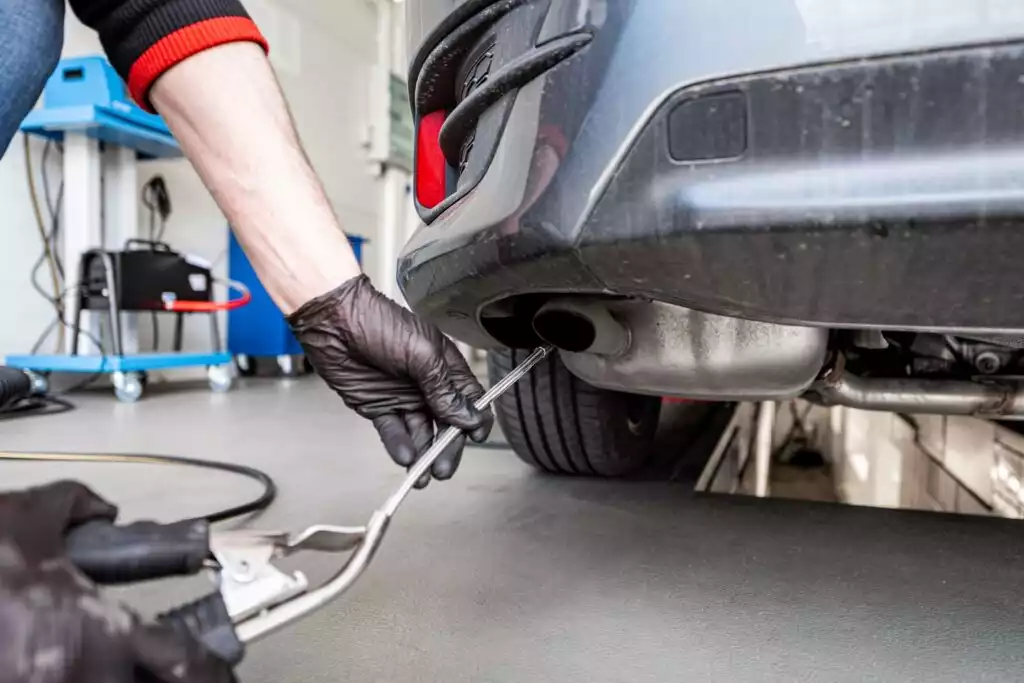
2. Cleaning and calibration
Cleaning the surface of the EGR feedback sensor and its connecting components to remove carbon deposits, oil stains and other impurities, and maintain its good working condition. At the same time, according to the usage situation and the manufacturer’s recommendations, calibrate the sensor regularly to ensure its measurement accuracy. Cleaning and calibration work is good for EGR sensor maintenance. It can effectively extend the service life of products and improve the accuracy of engine emission control.
3. Replace the damaged parts
Replacing damaged parts is a necessary step to ensure the normal operation of the system. Once it is detected that the EGR sensor has malfunctioned or its performance has declined, it is necessary to promptly inspect and confirm the damaged parts. Depending on the specific situation, the damaged sensor body, wiring harness, or other related components should be replaced. During the replacement process, original factory parts or reliable substitutes of good quality should be selected to ensure that the new parts are compatible with the original system and restore the normal function of the EGR system. It’s a necessary means for EGR sensor maintenance.
4. Environmental adaptability maintenance
Since EGR feedback sensors are often exposed to harsh environments such as high temperatures and vibrations, their environmental adaptability should be given special attention. Ensure that the installation position of the sensor is reasonable and far away from extreme temperature areas and vibration sources to reduce the influence of environmental factors on it. At the same time, select sensors made of materials that are resistant to high temperatures and corrosion to improve their environmental adaptability and extend their service life, ensuring the stable operation of the EGR system. “EGR Pressure Feedback Sensor: Intelligent Heart for Reducing Emissions in Automobiles” shows more details to maintain EGR sensors and you can also check the problems and clean by yourself.
Ⅳ. Conclusion
The comprehensive maintenance guide for EGR sensors provides systematic maintenance methods and precautions. This can effectively extend the service life of EGR sensors and ensure their accurate and stable operation. Besides, EGR sensor maintenance shows that more information about how to maintain. It not only helps improve the emission performance and fuel efficiency of the engine but also reduces the occurrence of faults. Therefore, comprehensive maintenance of EGR sensors is an important measure to ensure the environmental protection and efficient operation of automobiles.



